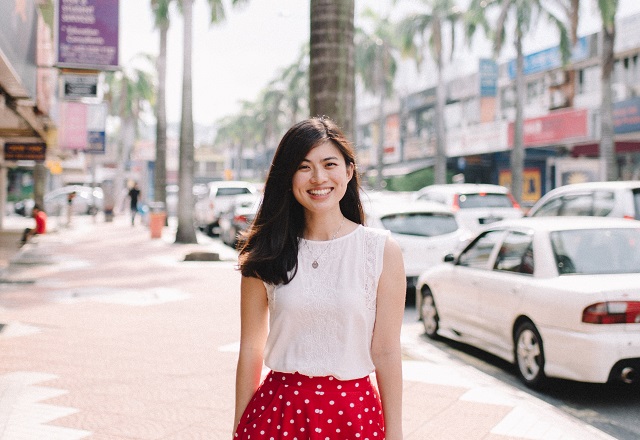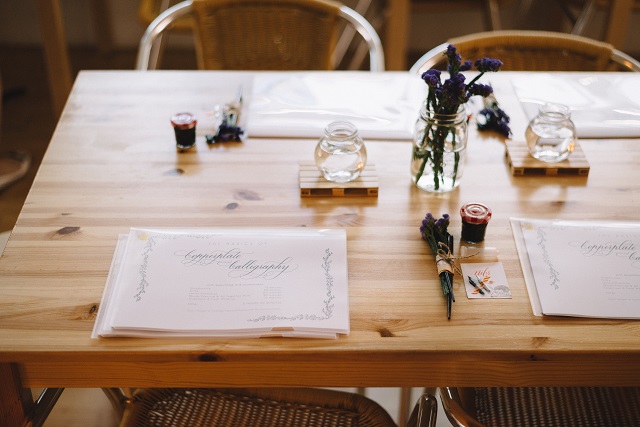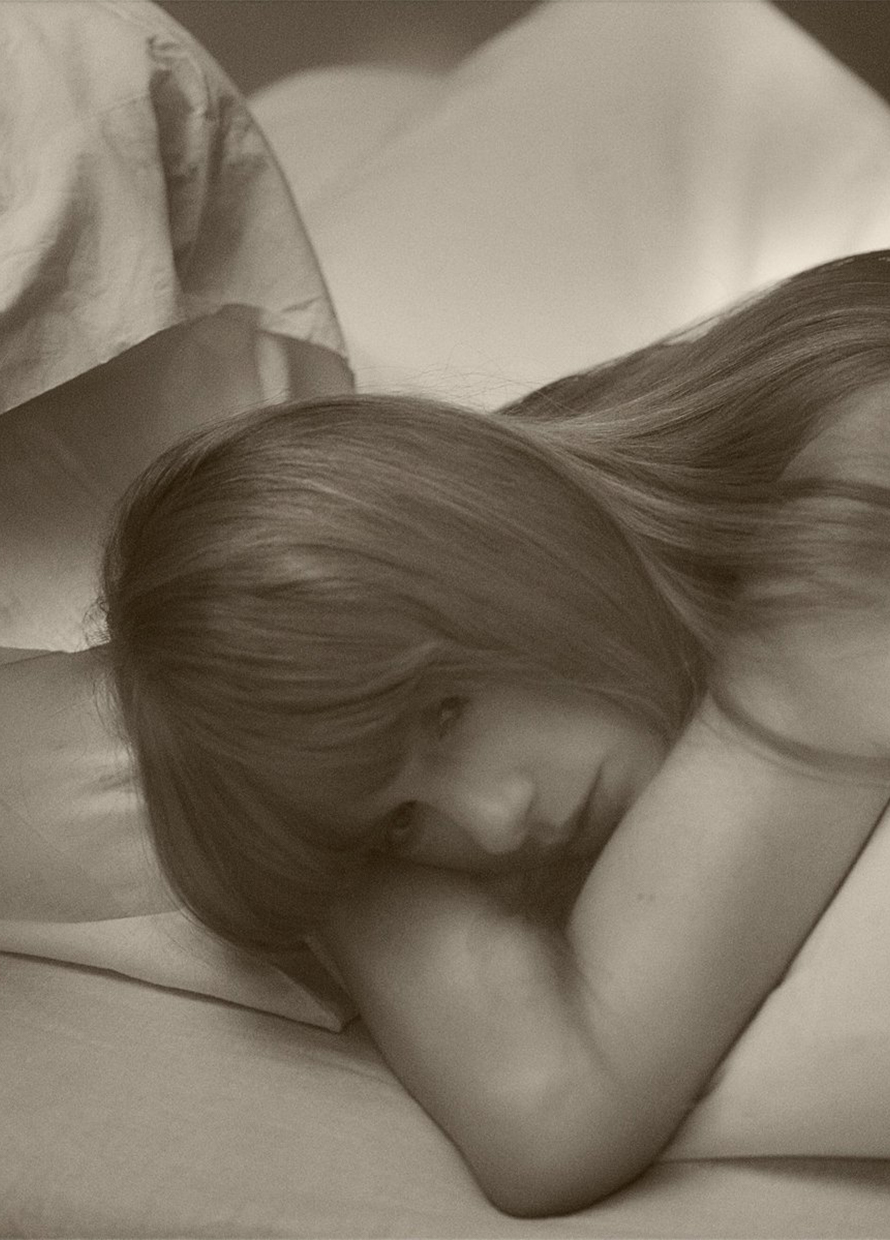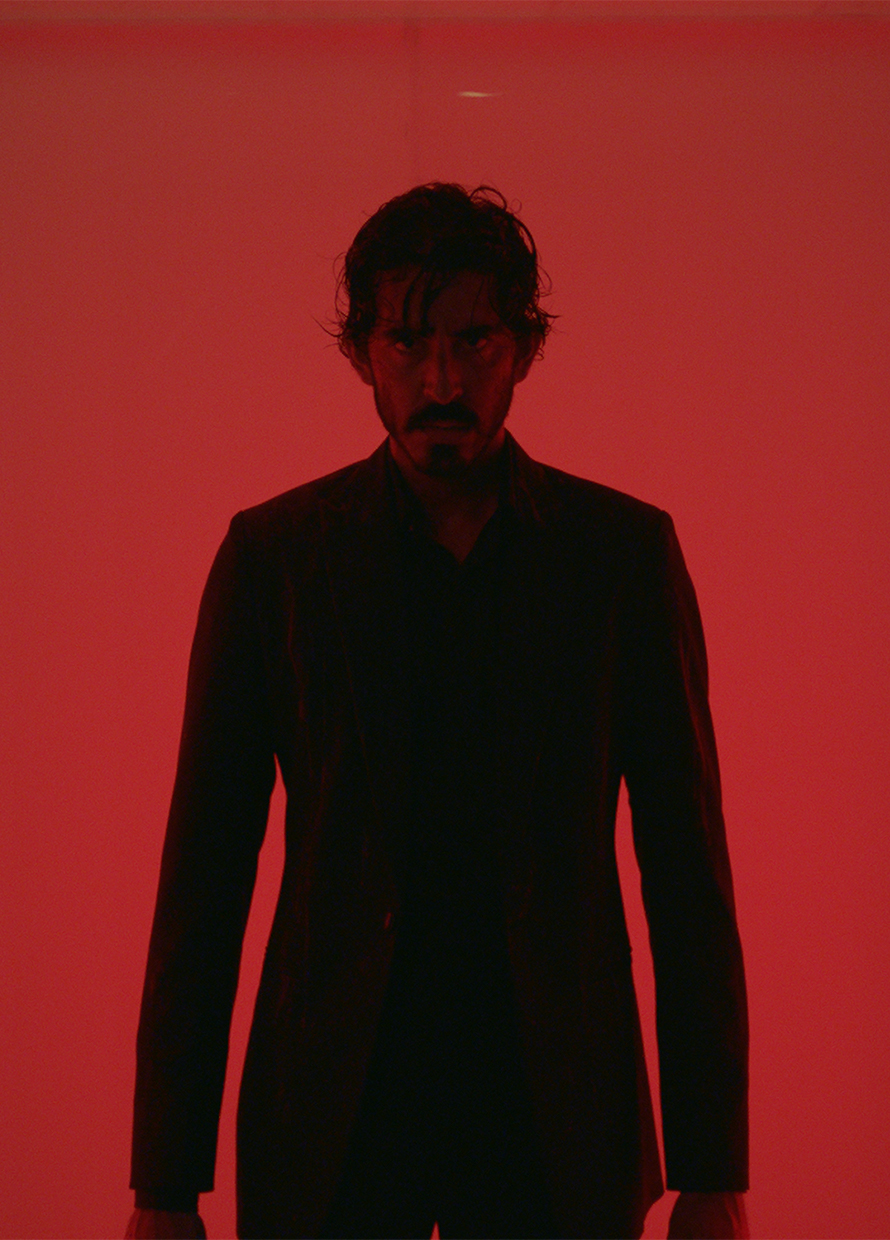It may be a traditional art form, but calligraphy seems to have made a comeback recently. Gone are the days of scouring through the most authentic-looking fonts on Microsoft Word; calligraphy brings back a long-forgotten appreciation for the hand-written word. An art form that demands high precision, skill and creativity, calligraphy isn’t just a challenging art to master; to a non-practicing viewer, it is also highly addictive to observe, as seen in this video compilation of master calligrapher Sebastian Lester below:
To gain a little more insight into this delicate art form, we spoke to Sharon Tan, who runs a calligraphy workshop in Petaling Jaya with her friend Joy. With no prior formal training or study in creative arts, Sharon first picked up calligraphy as a hobby, mostly self-learning from online resources, before deciding to share her skills and knowledge with others. We spoke to Sharon to gain a little more insight about her work with calligraphy, and her thoughts on the increasingly popular art form.
Tell us a little about your calligraphy classes.
My friend Joy and I started learning calligraphy almost at the same time and we had so much fun with it that it became our goal, almost from the first week that we picked up this hobby, to someday run a class or workshop together and be able to share this super fun and therapeutic hobby with others!
Why did you decide to teach calligraphy?
Joy and I had a lot of curious friends who wanted to know more about the art and to try their hand at it. Furthermore, I felt like it was something that I really wanted more people to know about and to learn because I had enjoyed it so much. I feel like many people have this hidden talent that they have yet to discover and calligraphy provides them that opportunity.

How and where did you learn calligraphy?
I self-learnt calligraphy and started off by trying modern calligraphy worksheets by The Postman’s Knock, but after that I switched to learning copperplate calligraphy from Penmanship Journals I found online. I found that learning the rules and drills of copperplate calligraphy helped me a lot afterwards when it came to modern calligraphy, because my arm was already accustomed to the pen strokes and movements – which is why our workshops focus mostly on copperplate calligraphy instead of modern calligraphy.
Writer’s note: Copperplate script refers to the traditional 18th century English calligraphy technique with more strucure and constraints, while modern calligraphy is an improvisation that offers more flexibility – to put it simply, you can pretty much go crazy with it.
What are the common misconceptions people have about calligraphy?
For me, the biggest misconception most people have is that you must already have good handwriting and that you must be artistic, or be able to write cursive. I’ll be the first to tell you that none of it is true; my daily handwriting is unbelievably messy. What’s true about calligraphy though, is that it takes a lot of practice and time to perfect, and anyone can excel at it if they put their time and heart into it.
What are the biggest challenges in teaching calligraphy?
I think one of the biggest challenges, on a personal scale, would have to be speaking in public. Teaching in front of a small group has allowed me to improve. Also, because we give every student one-on-one attention during the workshop, the other challenge would be the art of teaching. Teaching is definitely no mean feat considering everyone has different levels of understanding and learning.
Calligraphy has been making a comeback recently; what are your thoughts on why it has suddenly increased in popularity?
I think that we have arrived at an age where technology is evolving so fast that we’re starting to look back into the past for more traditional or “old-school” inspirations (evidenced by our taste in fashion and product design). And there is a certain satisfaction or beauty in being able to write in cursive exquisitely, and to use that skill to make framed prints, or even to write letters and post them out to pen-pals with snail mail. The possibilities are endless with calligraphy: you could spice up a notebook cover, a greeting card, or even a whiteboard or chalkboard by adding a personal touch with calligraphy.

Sharon and her partner Joy currently hold calligraphy workshops at Stickerrific in Jaya One. Head to Stickerrific’s Facebook page, or call +603 7495 5963 for more info.
| SHARE THE STORY | |
| Explore More |






